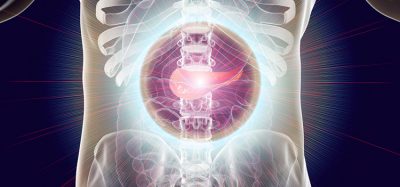Nimbus Therapeutics enters into strategic partnership with Charles River Laboratories to advance new therapeutic programs
Posted: 5 April 2017 | Charles River Laboratories | No comments yet
Nimbus Therapeutics and Charles River Laboratories International, Inc. (NYSE: CRL) launched a multi-year strategic partnership to advance new programs spanning the disease areas of immunology, metabolic disorders and oncology from the discovery phase through to Investigational New Drug (IND) submission.


The collaboration expands upon the long-standing relationship between Nimbus and Charles River to work on targets of critical importance. Nimbus, a biotechnology company applying deep computational chemistry expertise throughout drug discovery and development, collaborates closely with Charles River as part of its unique outsourcing model to design breakthrough medicines.
The combined team will advance programs through discovery and preclinical development, taking advantage of Charles River’s capabilities from initial hit identification through all aspects of discovery optimization, including medicinal chemistry and pharmacology, and ultimately, into safety testing and IND submission. Under the terms of the agreement, Charles River is eligible to receive potential milestone payments from Nimbus for certain undisclosed program advancements.
“We expect that our portfolio of discovery and safety assessment expertise, together with Nimbus’ impressive track record in using computational chemistry to accelerate drug discovery, will result in additional speed and scale to their future pipeline,” said James Foster, Chairman, President and Chief Executive Officer of Charles River.
Don Nicholson, Ph.D., Chief Executive Officer of Nimbus, added: “Charles River’s broad experience in discovery research across multiple therapeutic areas, as well as background in safety assessment, makes them a highly valued contributor to Nimbus’ drug discovery efforts. We’re looking forward to furthering our collaboration with Charles River as we work together to progress the most promising targets through discovery and preclinical development.”
Related topics
Drug Discovery, Immunology, Metabolomics, Oncology
Related organisations
Charles River Laboratories
Related people
Don Nicholson, James Foster








